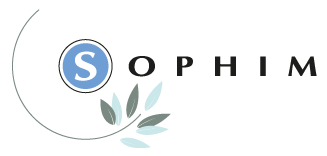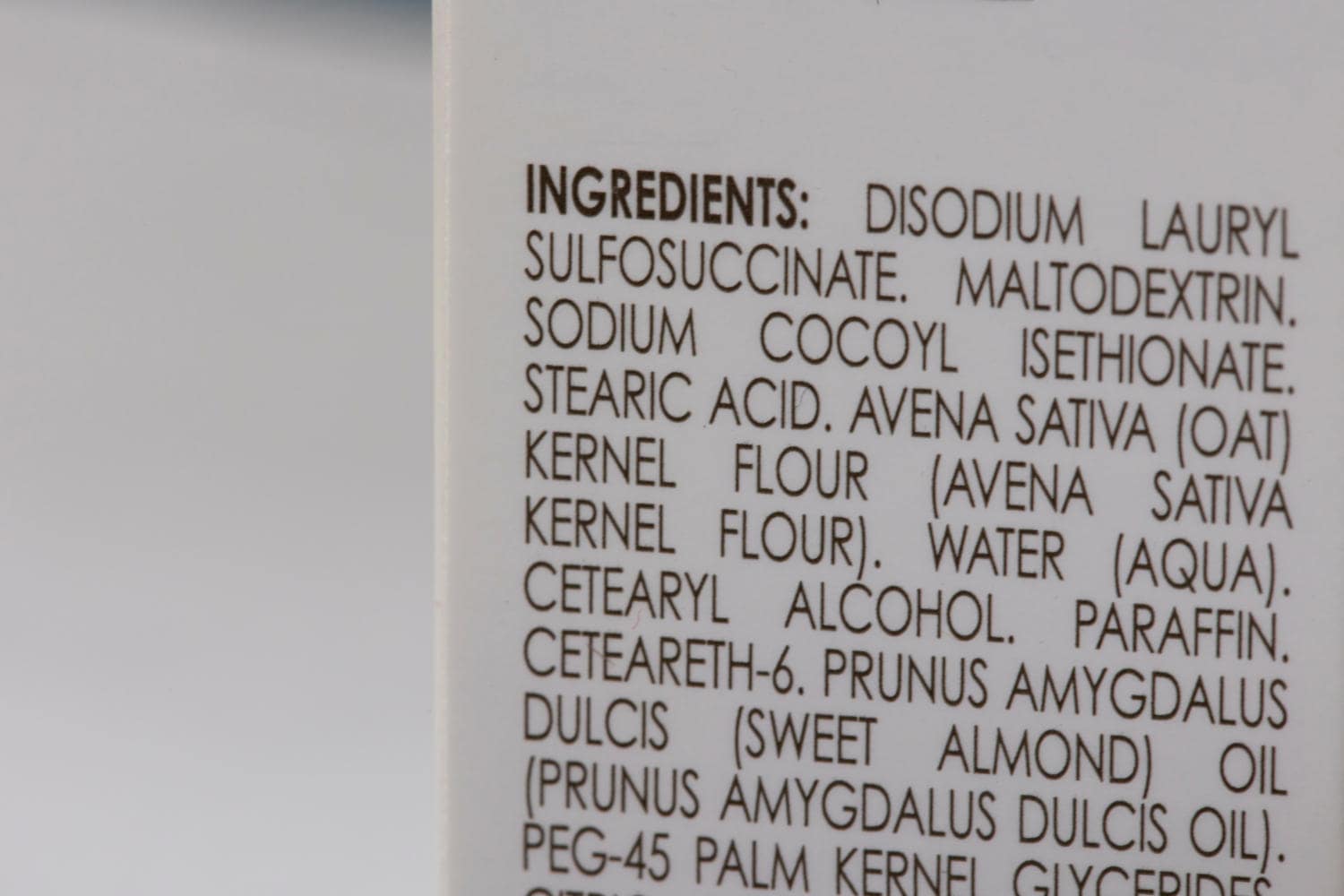The composition of cosmetic products represents a major challenge for the players in the sector. Consumers expect a high level of transparency and want to know all the ingredients present in a cream, serum, lotion, beauty or care product. We recently devoted a dossier to deciphering the chemistry of cosmetic products. Today, we shed light on the International Nomenclature for Cosmetic Ingredients (INCI), an initiative that has greatly contributed to clearer, more objective and more reassuring information on the cosmetics market.
1. Crucial issues around the composition of a cosmetic product
Clearly communicating about the composition of a cosmetic product is essential for building trust with customers.
Consumers looking for healthy and natural cosmetic products can identify ingredients from the petrochemical industry. Cosmetic products containing molecules that are the subject of questions about their safety can also be identified more easily, and removed according to the logic of the precautionary principle. Some ingredients may also be excluded for activist or ethical reasons.
But it was necessary to provide information that was as complete, clear and understandable as possible. A customer must be able to easily consult the list of cosmetic ingredients of a product he or she is interested in, regardless of his or her country or knowledge. In the absence of regulation, a manufacturer could very well hide the presence of palm oil behind a generic term, such as “vegetable oil”.
The consequences of unclear ingredient communication could even be dramatic. A mislabelled allergen could lead to a serious reaction in an allergic person.
The establishment of an international nomenclature represents a marketing asset as well as a public health issue!
2. The US manufacturers behind the INCI list
The Cosmetic, Toiletry and Fragrance Association (CTFA) is an American association of cosmetic manufacturers. It is the originator of the International Nomenclature of Cosmetic Ingredients, which was developed in 1973.
INCI has moved from the United States to other parts of the world. It has been mandatory for all cosmetic products commercialised in the European Union since 1998. The nomenclature is also used in Japan and China.
Since 2007, the Cosmetic, Toiletry and Fragrance Association has become the Personal Care Products Council (PCPC). This association still oversees the international nomenclature for cosmetic products, which is developed by the International Nomenclature Committee (INC). Ingredients are listed in the International Cosmetic Ingredient Dictionary and Handbook, of which the wINCI (Web Based Ingredient Dictionary) is the searchable version.
3. The operating rules of the INCI nomenclature
Two languages are used to define the ingredients of a cosmetic product:
- Plant extracts and natural products are referred to by the Latin names of the plant. For example, linseed oil is known as Linum Usitatissimum, while Butyrospermum Parkii refers to shea butter
- molecules, synthetic substances and common names are given in English. For example, zinc oxide refers to zinc oxide, and honey is written as honey.
The dyes are designated by a 5-digit colour index. For example, CI 15985 refers to orange-yellow S (E110). Similarly, Prussian blue is designated by the code CI 77510.
Perfumed ingredients are grouped under the generic term “perfume”.
4. The order of ingredients in an INCI list
Professionals must list their ingredients according to the INCI nomenclature. But they must also respect other rules:
- Ingredients are always listed in descending order of quantity. This is why the ingredient Aqua (water) is often mentioned at the top of the list.
- Additives are always at the end of the list. Preservatives, (synthetic) colourings, (natural) pigments, fragrances and flavourings are thus at the end of the list. Below 1% of presence in the product, the manufacturer has the possibility to place them in the order he wants.
In addition, since 2013, EU member states have adopted a measure that requires brands to mention the presence of nanoparticles in square brackets. For example, the term titanium dioxide [nano] informs the consumer about the presence of titanium dioxide in the form of nanoparticles.
5. Deciphering the International Nomenclature of Cosmetic Ingredients
Access to the INCI ingredients dictionary (wINCI) is restricted to registered members. There is a substantial membership fee. Other sites provide access to the INCI list of ingredients.
The Inci Beauty application, available on smartphones, allows you to find out the composition of a cosmetic product by scanning the barcode. It provides information on ingredients that may be questionable. The company TOUSLESPRIX.COM SAS also publishes the website incibeauty.com, which allows users to search for any ingredient listed in the INCI. This private initiative also specifies, for each ingredient, its estimated impact on the health of consumers. For example, resorcinol (CI 76505) is listed as “controversial/risky” because it is a suspected endocrine disruptor. It is also a powerful sensitiser according to an opinion published in 2013 by the Scientific Committee on Consumer Safety (SCCS).
6. Choose ingredients of natural origin with Sophim
Consumers are increasingly aware of the composition of their favourite cosmetic products. They can also rely on applications such as Inci Beauty, Yuca or QuelCosmetic (UFC-Que Choisir group) to evaluate the harmlessness of a composition.
Sophim offers cosmetic ingredients of natural origin, which take care of the planet and the health of your customers. We are COSMOS certified for part of our catalogue, and we offer certain references of organic vegetable oils.
Would you like to know more about our emollients, our vegetable squalane, our texture agents, our fixing agents or our cosmetic vegetable oils? You can reach your contact person at Sophim, or call us at (+33)4 92 33 17 17. You can also send us a message online.
Category: Cosmetics Expertise






